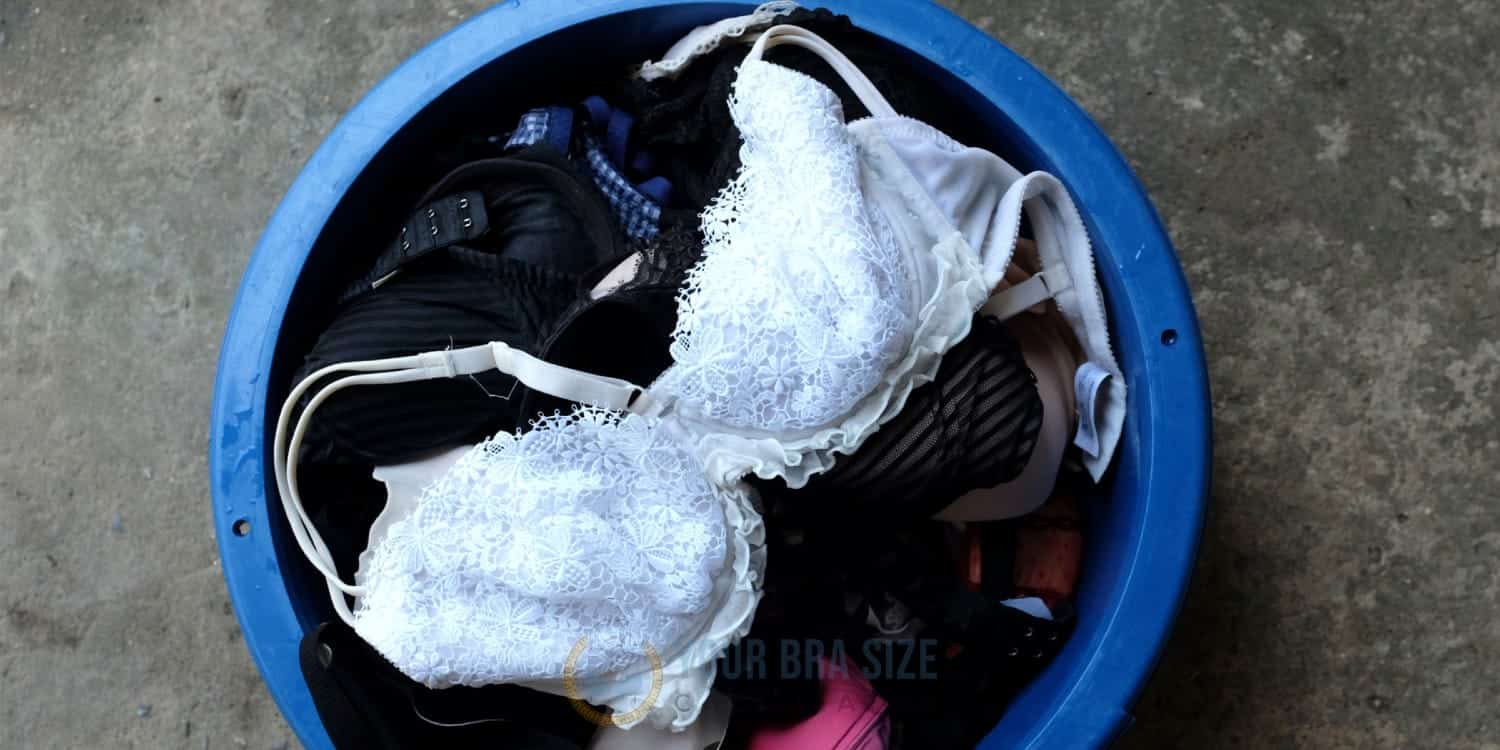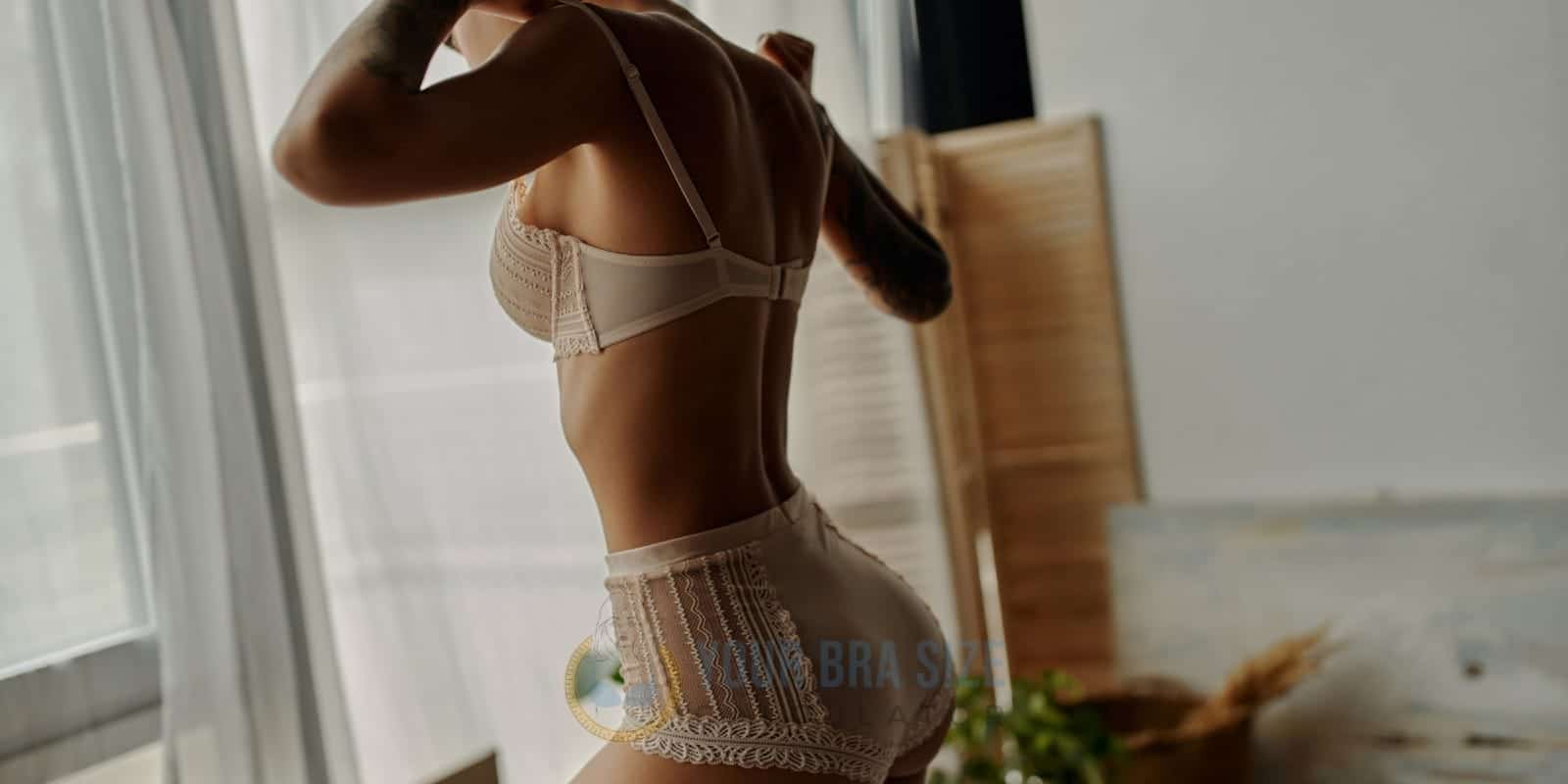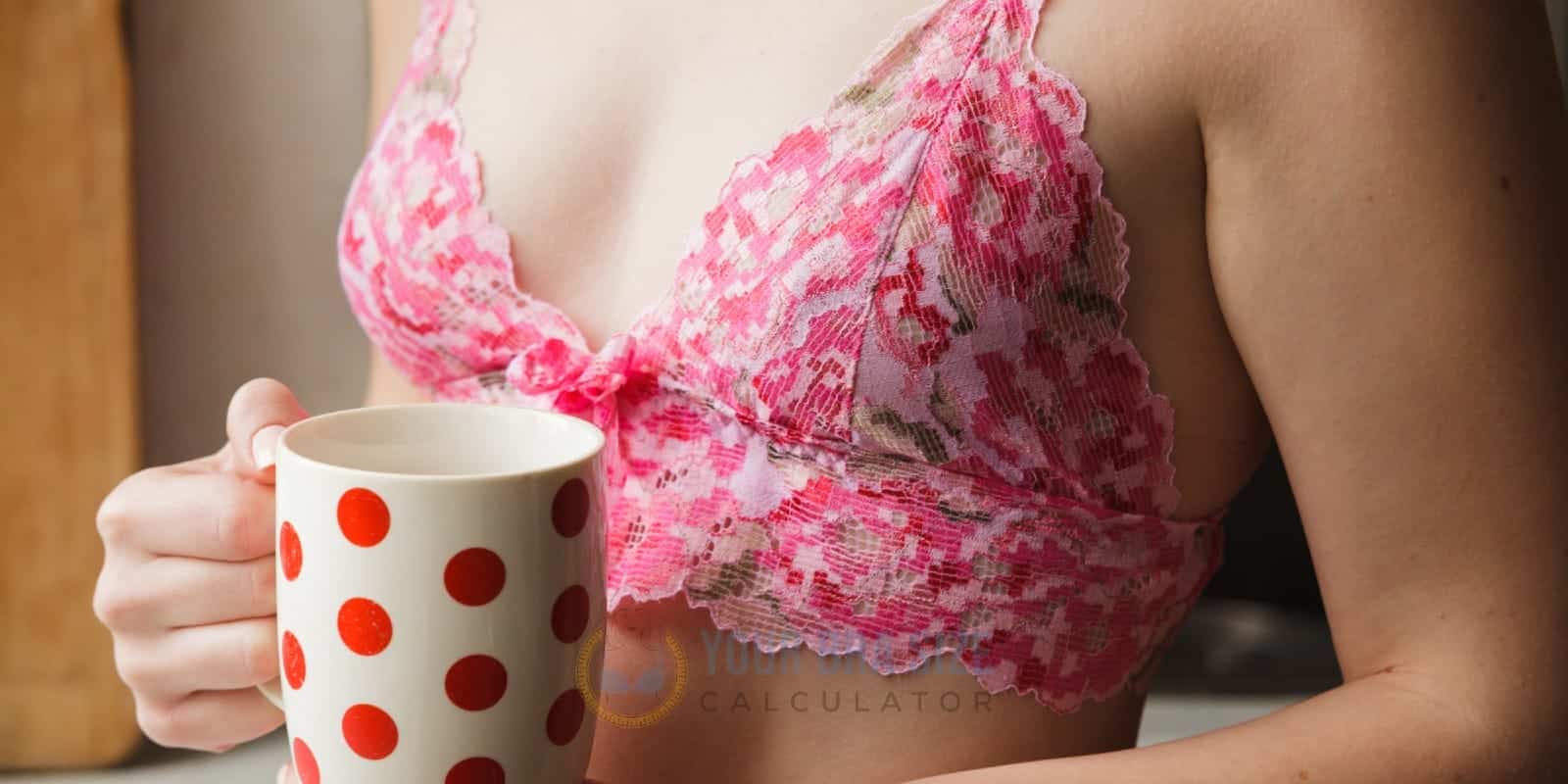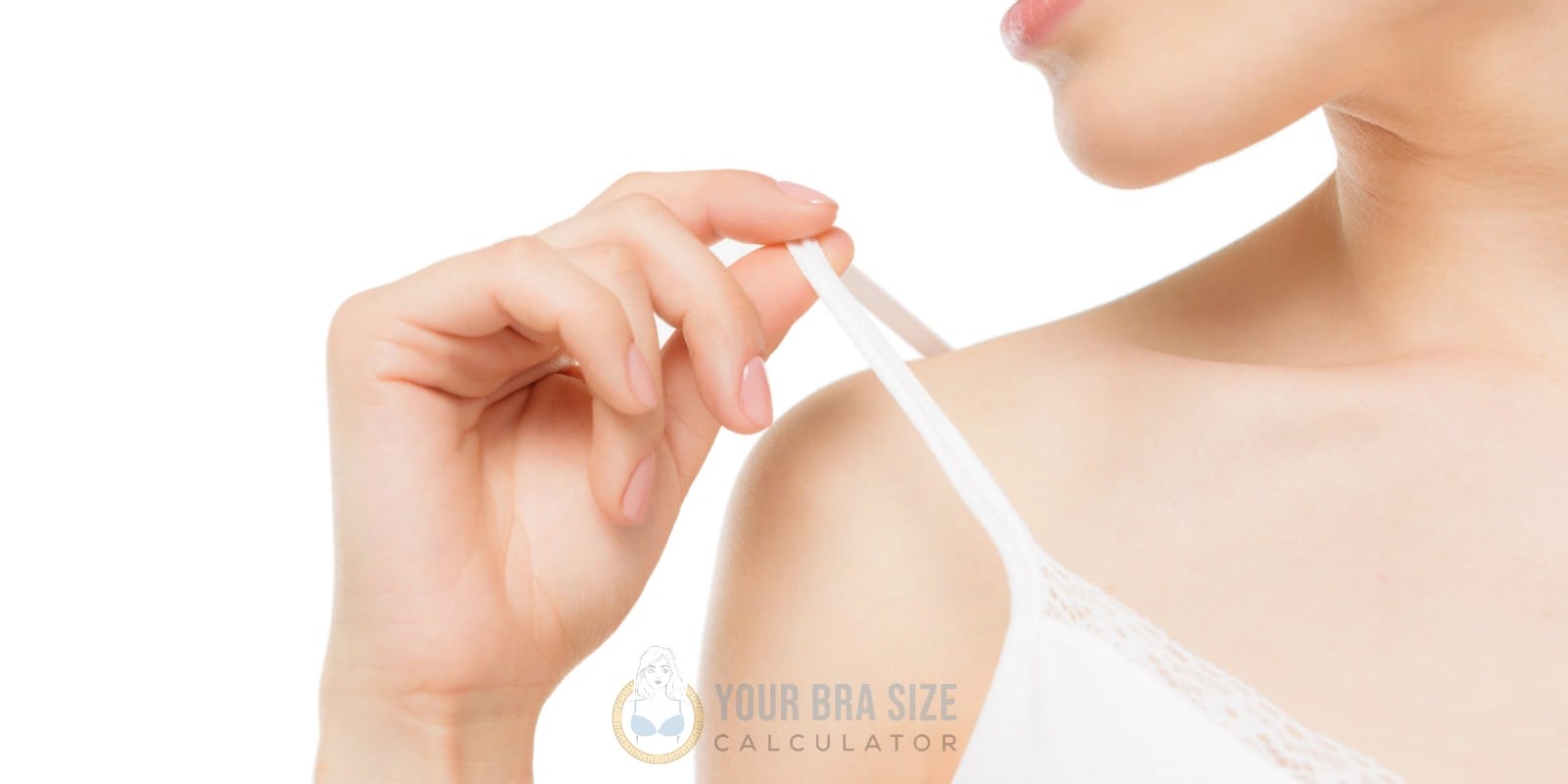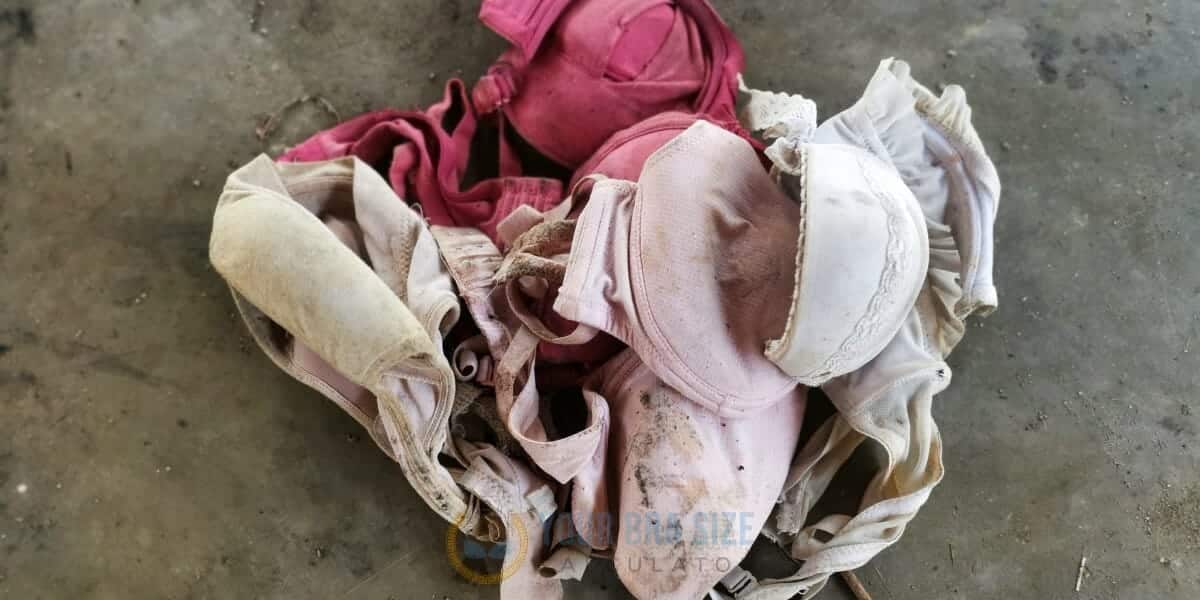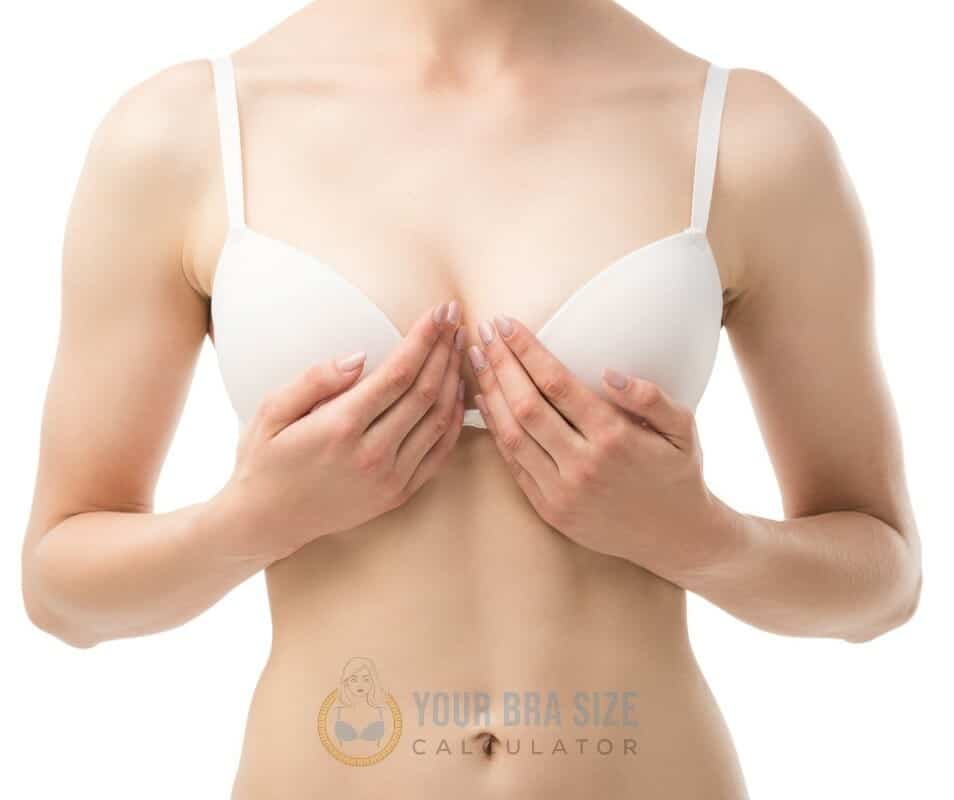Shopping for the right bra size can be daunting, especially when you don’t need help understanding all the numbers and letters. Decoding the mysterious labeling system is not as difficult. With some knowledge about how bras are sized, anyone can feel confident in their ability to pick the perfect fit. In this article, we’ll break down everything about understanding bra sizing – from cup sizes to band widths – so you never have to worry again!
So why do bras come with such complicated labels? Well, it’s because each person’s body shape is different- no two women (or men!) will wear the same size. Bras need to account for these variances, where those pesky numbers and letters come into play. Understanding them is easier than it looks; once you’ve got an idea of what they stand for, shopping for your next favorite lingerie piece will seem like a smooth process.
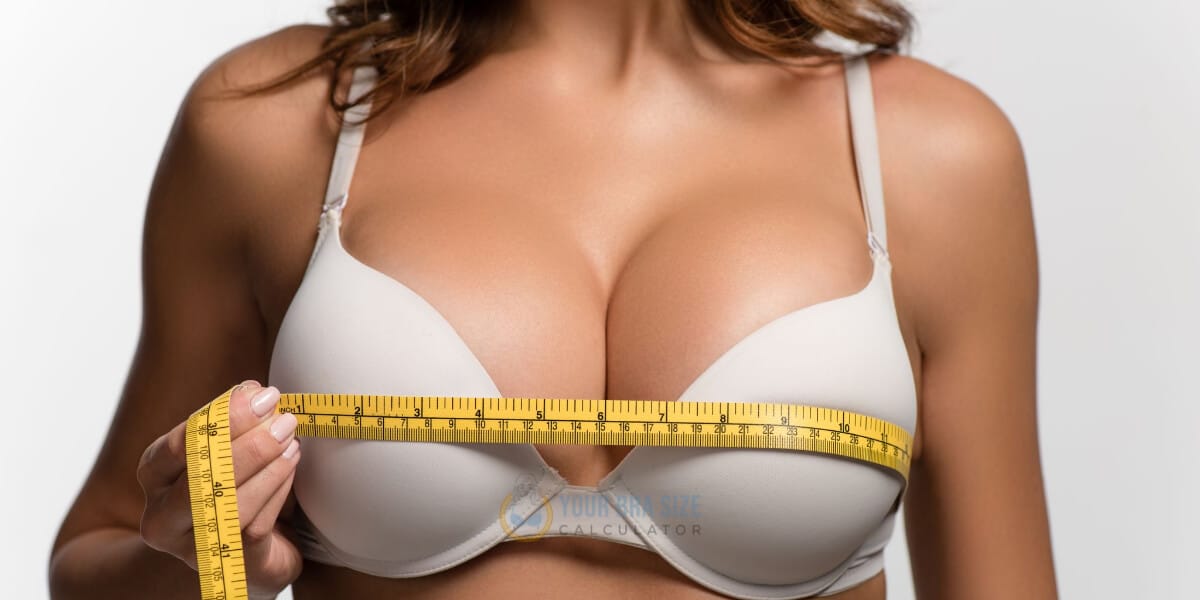
Bra sizing can be broken down into three simple categories: cup size, band size, and style. Each plays a vital role in getting that just-right feeling whenever you slip on a new lingerie set. Once you learn how to interpret all the information manufacturers to provide on tags and boxes, finding your ideal fit becomes easy! So let’s start learning about bra sizing – after reading this article, you can shop like a pro!
Different Types Of Bras
When it comes to bras, there’s a wide variety of styles available. Push-up bras are designed to lift the breasts, while strapless bras provide support without visible straps. T-shirt bras have seamless cups that won’t show through clothing. Sports bras offer full coverage for maximum support during physical activities. For more modesty, many women opt for full-coverage bras, which cover almost all breast areas. No matter what style you choose, finding the right fit is critical in ensuring comfort and confidence. To find your perfect bra size, let’s look at how to measure for the right fit.
Measuring For The Right Fit
Perfecting the process of proper bra fitting begins with measuring one’s bust and ribcage. To determine the size, individuals should start by taking two measurements: around their chest, just under the arms, and across the fullest part of the breast. Taking these measurements will help establish a base for determining which size is correct for each person.
To measure the bust, wrap a soft tape measure snugly but not too tightly around one’s back at band level, ensuring it’s straight all the way around and parallel to the floor. The measurement corresponds with the number portion of bra sizing; if individual measures 34 inches in this area, they would be considered a size 34. However, sizes may vary slightly depending on which brand or style they opt for, as some bras are built differently than others in width and depth.
Next comes measuring the rib cage right underneath where one measured their bustline; this helps to provide them with an accurate cup size. For example, if someone has determined that their bust measurement is 34 inches, but their ribcage measures 30 inches. They would need a 34 B-cup bra because a 1-inch difference between those numbers equates to an A-cup while 2 inches equals a B-cup, etcetera. Knowing how to take these measurements properly can make all the difference when searching for the perfect fit!
With both of these critical components established, individuals can now move on to understanding how band and cup size measurements work together to create their ideal fit.
Band And Cup Size Measurements
Once you have taken the necessary measurements for your bra size, it is time to determine which size will fit you best. You must understand how bra band sizing and cup size measurements work together to do this.
Bra bands are usually denoted by a number corresponding to the rib cage’s circumference in inches. For example, if your measurement were 35″, then your band size would be labeled as “35.” Cup sizes are notated using letters (A-F), where A represents a smaller cup size and F indicates a larger one. So if your bust measurement were 41″ then your cup size would likely be an E or F depending on the brand of bra being purchased.
If all this seems confusing, don’t worry. Many tools available today are made explicitly for calculating accurate bra sizes, such as online calculators, fitting guides, etc. It can also help to consult professionals at lingerie stores who specialize in helping customers find their perfect fit. With these resources and knowledge about measuring for the right fit, converting measurements into bra sizes should become much easier! With that said, let’s discuss how to convert measurements into bra sizes.
Converting Measurements To Bra Sizes
Ahhh, bra sizing. The mysterious process of determining the correct band and cup size seems shrouded in a veil of complexity! After all, how are we supposed to know what those numbers and letters mean? Lucky for us, there is an easy way to figure out our measurements which can help with fitting problems.
First up, let’s talk about band measurements. To find yours, you’ll need a measuring tape and make sure it’s snug against your body when measuring, so it’s accurate. Then add five inches if the number is even or four if it’s odd – this will give you your band size. For example, if you measure 33 inches, your band size would be 38 (33+5).
Next, we have cup sizes- this is where it gets tricky, but don’t worry, all you need to do is subtract your band measurement from your bust measurement, and voila! You have figured out your cup size. For example, if you measured 34 inches around your chest and 38 inches around your torso (band), the difference between these two numbers would be 4- making your cup size A (34-38=4).
Now that we’ve covered basic conversions let’s look further into international sizing conversions.
International Sizing Conversions
Understanding international bra sizing can be challenging. Countries have different methods and measurements for determining the size of a woman bust size. To accurately determine your correct size, you must understand these differences to convert between sizes properly.
When converting between different international bra sizes, it is essential to use the correct guidelines. Some conversion charts available online provide detailed information about how to convert from one country’s measurement system to another. It is also important to remember that each manufacturer may have their own set of conversions, so always check with them before purchasing bras from outside your country!
Trying on several different types and brands of bras is helpful when looking for an accurate fit. The best way to ensure proper fitting is by talking with experienced sales associates who know the intricacies of finding and converting international sizes correctly. With their help, you can find the perfect fit without worrying about whether you are getting the correct size. By following these tips, you can ensure that no matter where you buy your lingerie, it will fit perfectly every time! With this knowledge, you’ll be ready to tackle common fitting issues that might arise in future shopping trips.
Common Fitting Issues
Common fitting issues often arise when it comes to bra sizing. Knowing what numbers and letters mean can help you avoid these problems. Here are three common fit issues that occur:
- Gapping fabric – this happens when there is excess material in the cups of a bra, creating an unattractive gap between your body and the fabric;
- Cup spillage – if your breasts overflow out of the cups on the sides or top, then you may need to go up a cup size;
- Band gaps – if you’re wearing a band size too large for your frame, it will create extra fabric space at the back, which causes back bulge.
Straps also tend to slip off shoulders even when adjusted correctly. If this occurs, try tightening them further and check if the band fits snugly around your rib cage without being too tight. You should also ensure that straps do only some of the work supporting your bust – if they dig into your shoulders, opt for more wide-set straps instead.
Ultimately, understanding how different sizes work together can help determine whether or not you’ve got the right bra for you. When trying bras on, always check for signs such as gapping fabric, cup spillage, band gaps, and slipping straps to find one that provides comfort and support!
Conclusion
In conclusion, bra sizing is essential for finding the right fit and feeling comfortable. Finding a supportive and well-fitting bra can be difficult if you need to know what size to look for or how to measure yourself correctly. It’s important to note that different brands may have slightly different measurements, so it’s always worth double-checking any new items before purchase.
But most importantly, remember that your body shape is unique and individual – there is no ‘perfect’ size for bras! All sizes come with their challenges; some people might find more prominent bands more comfortable while others prefer smaller cups – ultimately, whatever makes you feel good in your skin should take precedence over any letter or number on a label.
So why not try something new, experiment with different styles, and discover which ones work best for you? After all, isn’t self-care about taking the time to figure out what feels good? What kind of experience are you waiting for?

